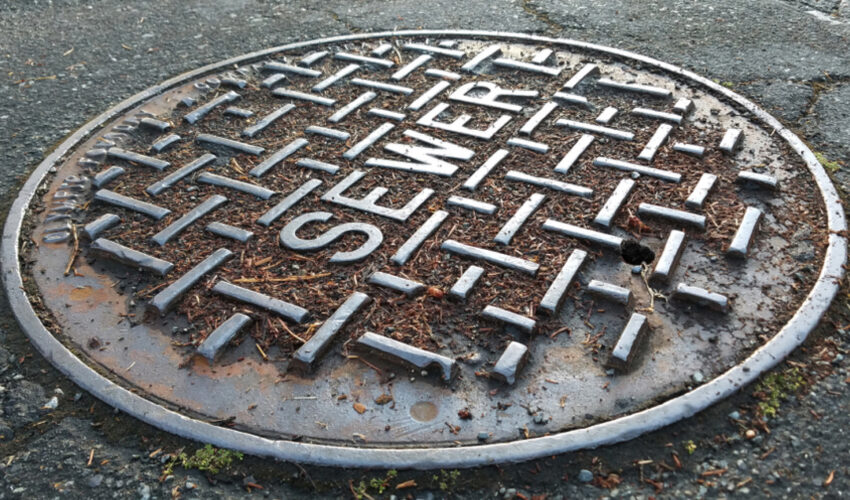Do you know what condition your home’s sewer lines are in? Like other components of your home such as the roof, siding, and windows, drain lines have a limited lifespan—and when they fail, the effects can be physically and financially unpleasant. Knowing how to identify the signs of wearing sewer lines and what you can expect from the replacement process before a major failure, when possible, is the best approach.
Signs of Failing Sewer Lines
The number one sign that your sewer lines are worn or damaged is more frequent clogging. If you find yourself often having to use a plunger or drain auger to ensure your toilet or sinks drain, it may indicate that your pipes have separated or deteriorated, interrupting the flow of waste.
Another common sign of aging or damaged sewer lines is a sewage smell in your home or yard. As your house settles, the ground shifts, and your pipes sustain wear and tear, these pipes may develop bellies where wastewater can pool. For newer homes, a sewage smell can indicate that the lines were poorly or improperly installed.
Replacing Your Damaged Sewer Lines
Who Should Handle It?
Although replacing sewer lines in your yard isn’t easy, a capable homeowner may be able to handle it—that is, if you’re only replacing a small section that’s not under your home.
However, some areas are best left to the professionals. For example, the tie-in from your pipes to the city sewer line is deep and difficult to adapt. Furthermore, if you damage the tie-in, you may cause more serious issues and you’ll be financially responsible for replacement costs, which can be expensive.
If the drain lines under your house need replacing, you’ll need to call the experts. This work requires tunneling which must meet the standards of the municipality. Every municipality has strict codes dictating the size, ventilation, lighting and tunnel lining; most municipalities also require an engineer’s report to verify structural integrity wherever the tunnel is excavated or where the slab must be chipped or drilled out for piping replacement. This often leads to the installation of piers underneath the foundation for additional support.
Replacement Process
Many homeowners find it’s easier to temporarily relocate during a sewer line replacement project. Although the plumbing repair itself can often be done within one day, the necessary excavation, city inspections, and unforeseen additional work can take around a month, and you won’t have guaranteed access to your sewer lines during the excavation process. Moving out during this time will give workers the space they need to get the job done and help you avoid unnecessary discomfort.
Replacement Piping Options
There are generally two options when it comes to replacing your home’s drain lines: PVC and ABS. We prefer PVC for a few reasons:
- ABS is more rigid and brittle than PVC, which makes it more likely to break.
- ABS breaks down when exposed to most kinds of oil. Even if you don’t plan to dump oils down your drain, naturally occurring oils, pesticides, and other surface pollutants can leach into your soil and damage your pipes.
- Additionally, due to these disadvantages, ABS is typically not stocked in our area.
It’s also worth mentioning a couple of alternatives to replacing your pipes. Neither of these options provide the same long-term security as conventional replacement, but may be considered if your budget simply won’t permit the traditional approach.
- Pipes can be relined.
- New pipes can be run through old ones using a dragging machine that will break apart the old pipe in the process.
At North East Air Conditioning, Heating, and Plumbing, we provide only conventional sewer line replacement, as we believe that’s the best use of our customers’ valuable time and money. To learn more about the replacement process or to discuss your options with one of our trusted professionals, give us a call or visit our website today.


